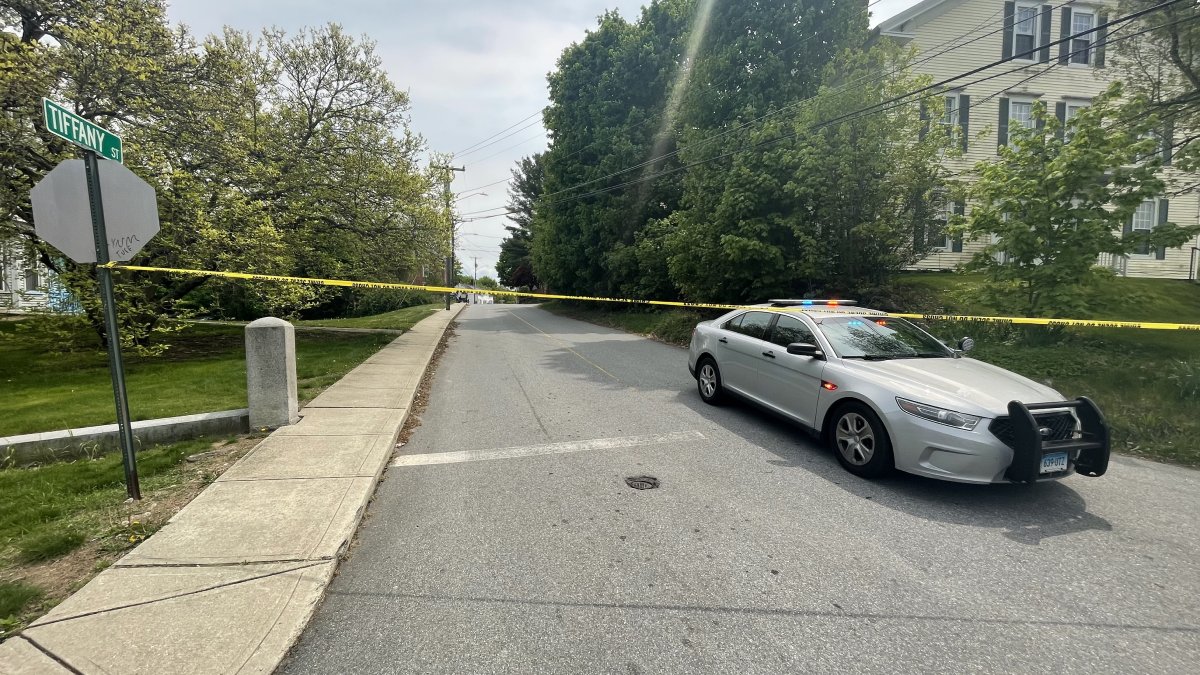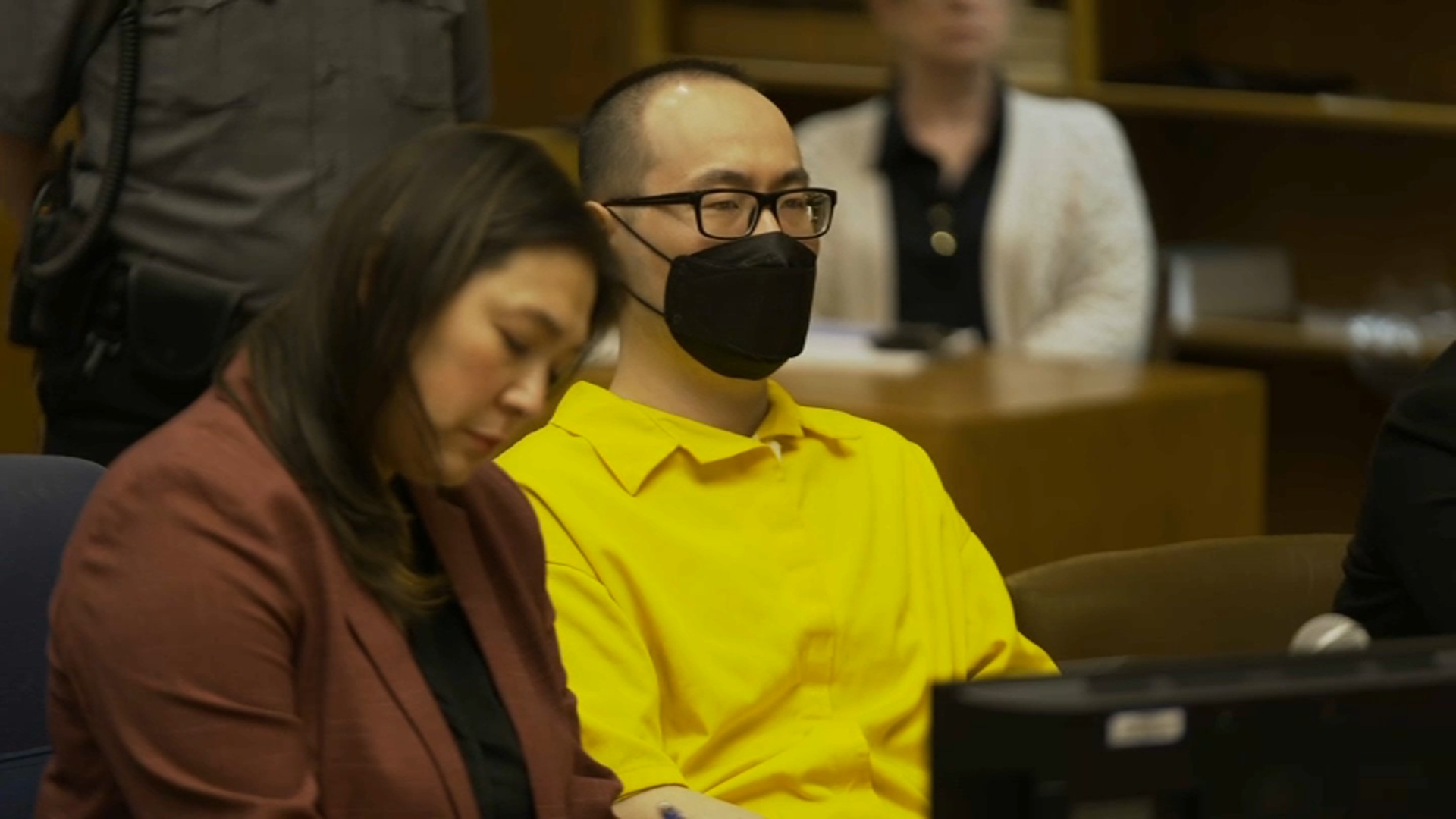There was a steep learning curve for educators and families in Connecticut who had to suddenly snap into distance learning in March. There were also unique and drastic challenges that each school district had to overcome to make remote learning a reality.
School districts had a crash course in figuring out how to implement at-home learning very quickly. With the COVID-19 pandemic quickly escalating, Gov. Ned Lamont said he was forced to act.
"I'm issuing an executive order here now that we're going to close all schools,” Lamont said on March 15.
All the state’s schooling was moving from in-person, in-classroom learning to something many students, teachers and parents were not prepared for.
“Here’s your iPad. Take out five extra library books. And good luck,” said Penny Geyer of Glastonbury. Geyer’s daughter, Kelsee, had to finish the last several months of the third grade on using an iPad at home.
“I think the teachers did the best they could but, again, it was just extremely frustrating,” she said.
“Being a single parent, I have to switch my whole world around when it comes to work, who’s going to care for my child,” said Fatima Horton of Middletown. Her 5-year-old son, Zyhier, is on the autism spectrum.
Local
“You don’t know what’s going to happen tomorrow,” Horton said. “We don’t know if it’s going to be more closures, more staying in the house, more restrictions, or is it just going to be everything’s OK and it’s back to normal,” she said.
That sudden switch to the new world of distance learning came at a price.
“We had many families that did not have WiFi and that was not going to be a possibility for them,” said Janet Robinson, superintendent of Stratford Public Schools, a district that educates about 7,500 children.
Many of those students did not have the technology to even get online at home, let alone do all their schooling in a virtual environment, according to the district.
“It was tough because in some cases, there might have been three or for students in a house and none of them were online,” Robinson said.
The district administration worked quickly to obtain two grants totaling $55,000 to buy 100 mobile hotspots, which provide remote internet connectivity. School staff delivered the hotspots along every one of the district’s available Chromebook laptops to every student in need.
“It’s just a huge effort to get all these devices in and out and make sure they’re clean and sanitized and functioning because some will have some issues here and there,” said Ed Molloy, director of technology for Stratford Public Schools.
“We’ve got to make use of these two months before school starts to get people prepared for whatever could happen,” Robinson said.
East Hartford Public Schools were also searching for grant money and obtained tens of thousands of dollars for its new technology.
| Grant | Amount | Type of Device | Amount Ordered | Note |
| Raytheon | $50,000 | Chromebook | 218 | |
| HRT Foundation | $75,000 | Chromebook | 327 | |
| NAPA Donation | $3,000 | Waiting on quote | ||
| Com Network New $ | $50,000 | Chromebook | 218 | |
| Com Network EHMS | $18,000 | Chromebook | 80 | |
| GEAR UP | $50,700 | Chromebook | 169 | Waiting on quote |
NBC Connecticut Investigates looked into how much districts across our state had to spend to get students and teachers up and running remotely.
School officials in Danbury, for example, bought 4,750 Chromebooks in March. Invoices showed those purchases alone cost more than $931,000.
Financial documents from Stamford Public Schools showed $156,020.49 was spent on a "distance learning bundle" from Virginia-based Kajeet, Inc., a company that provides wireless solutions to school districts across America.
According to Norwich Public Schools, between March and May of this year, the district spent $85.839.83 on technology as remote learning was ramping up.
Information from the Capitol Region Education Council (CREC) showed several purchases in relation to distance learning. CREC schools purchased 130 Chromebooks with a total cost of $27,950. Administrators told NBC Connecticut Investigates that 120 mobile hotspots were purchased in March at a cost totaling $4,349.84. CREC said it paid $4,600.20 for 205 headsets for students.
Norwich Free Academy reported spending approximately $75,000 on Chromebooks and laptops this year, according to administrators.
Fran Rabinowitz, executive director of the Connecticut Association of Public School Superintendents, said this pandemic has really exposed the huge opportunity gap among the state’s students.
“This didn’t let us hide from that. It was right there. It was present and my hope is we will keep it front and center,” Rabinowitz said. “Make no mistake about it, this is not an easy task. This is not something you do in a week or two.”
The immediate concern is preparation for this next school year. This summer, districts are planning for three potential scenarios for schooling during COVID-19: In-person learning with drastic safety measures in place; a hybrid model in which some students go to brick and mortar schools some of the time; and distance learning once again across the board.



